Home>Furniture & Design>Bathroom Accessories>How Long For Bathtub Caulk To Dry
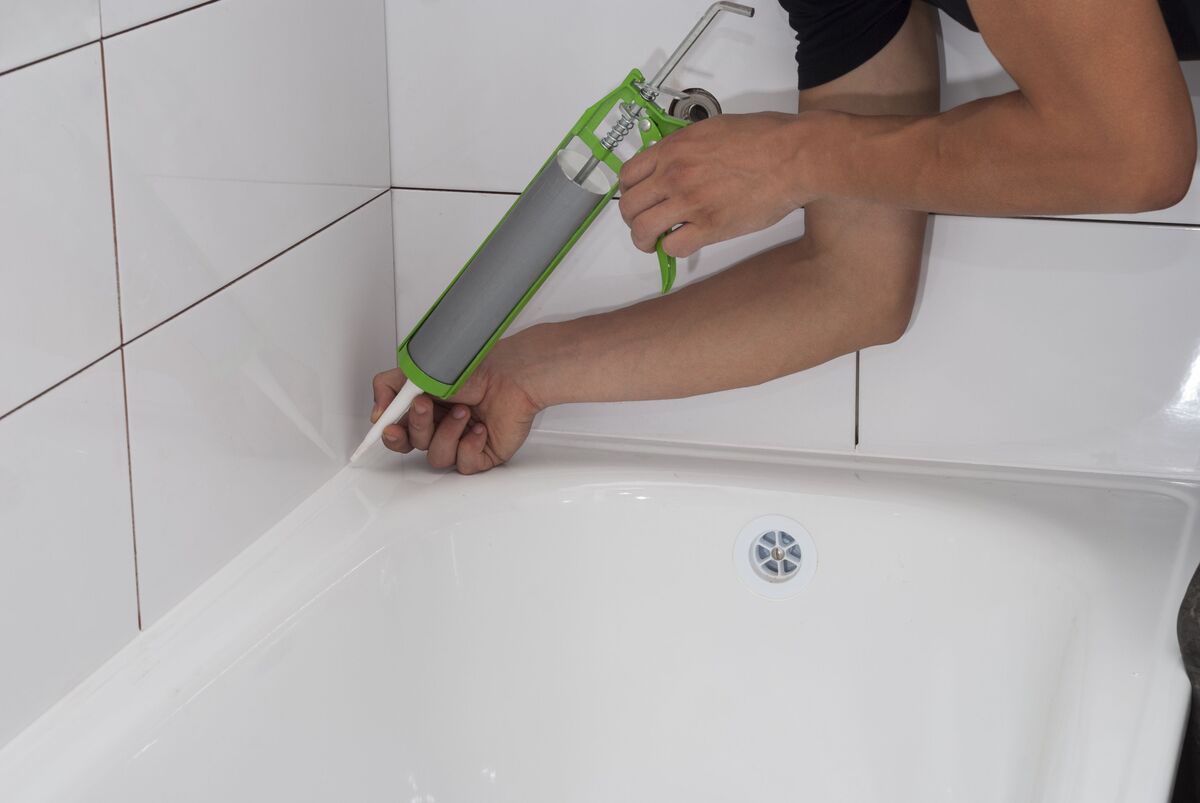

Bathroom Accessories
How Long For Bathtub Caulk To Dry
Modified: May 5, 2024
Ensure a perfect finish for your bathroom accessories with the right caulk drying time. Learn how long it takes for bathtub caulk to dry and get expert tips for a flawless application.
(Many of the links in this article redirect to a specific reviewed product. Your purchase of these products through affiliate links helps to generate commission for Storables.com, at no extra cost. Learn more)
Introduction
When it comes to maintaining a pristine and functional bathroom, the importance of proper caulking cannot be overstated. Caulk serves as a crucial barrier against water damage, preventing leaks and mold growth around your bathtub. However, after applying caulk, it's essential to allow sufficient time for it to dry before exposing it to moisture. The drying time can vary based on several factors, and understanding these variables is key to ensuring the longevity and effectiveness of your caulking job. In this article, we will delve into the intricacies of bathtub caulk drying, exploring the factors that influence drying time, offering tips for expediting the process, and highlighting common mistakes to avoid. By the end of this comprehensive guide, you will be equipped with the knowledge needed to navigate the drying process with confidence and precision.
Key Takeaways:
- The drying time of bathtub caulk depends on factors like caulk type, environmental conditions, and application thickness. Understanding these factors helps ensure a successful caulking project.
- To speed up drying, create optimal conditions, use fans or dehumidifiers, apply thin layers, choose fast-drying caulk, and avoid moisture exposure. Avoid common mistakes like rushing the application process for a long-lasting seal.
Read more: How To Caulk Around Bathtub
Factors Affecting Drying Time
The drying time of bathtub caulk can be influenced by various factors, each playing a significant role in determining how long it takes for the caulk to fully set. Understanding these factors is crucial for managing expectations and ensuring the optimal drying conditions for your caulking project.
1. Type of Caulk
Different types of caulk, such as silicone, acrylic, or latex-based, have distinct drying properties. Silicone caulk, for instance, tends to have a longer drying time compared to acrylic or latex-based caulks. This is due to the curing process specific to each type, which can be affected by factors such as temperature and humidity.
2. Environmental Conditions
The environment in which the caulk is applied plays a pivotal role in its drying time. Temperature and humidity levels directly impact the curing process. Warmer temperatures generally expedite drying, while high humidity can prolong the process. It's important to consider these environmental factors when planning a caulking project to ensure optimal drying conditions.
3. Thickness of Application
The thickness of the caulk application can also affect drying time. Thicker layers of caulk will naturally take longer to dry compared to thinner, more evenly applied coats. It's essential to apply the caulk evenly and at the appropriate thickness to facilitate a consistent and efficient drying process.
Read more: How To Replace Bathtub Caulking
4. Ventilation
Proper ventilation is crucial for facilitating the drying of bathtub caulk. Adequate airflow can help remove excess moisture, expediting the curing process. Conversely, poor ventilation can lead to prolonged drying times and potential issues with the integrity of the caulk.
5. Quality of Caulk
The quality of the caulk itself can impact drying time. Higher quality caulks often contain advanced formulations designed to promote faster curing without compromising durability. Investing in a reputable caulk product can contribute to a more efficient drying process.
By considering these factors, you can gain a deeper understanding of the variables that influence the drying time of bathtub caulk. This knowledge will empower you to make informed decisions and take the necessary steps to optimize the drying conditions for your caulking projects.
Tips for Speeding Up Drying Process
When time is of the essence and you're eager to expedite the drying process of your bathtub caulk, there are several effective strategies you can employ to achieve quicker and more efficient results. By implementing the following tips, you can significantly reduce the drying time while ensuring a durable and long-lasting caulking job.
-
Optimal Environmental Conditions: Creating the ideal environment for drying is crucial. If possible, choose a day with low humidity and moderate temperatures for your caulking project. Lower humidity levels facilitate faster evaporation of moisture from the caulk, while moderate temperatures promote the curing process without the risk of excessive heat, which can cause the caulk to dry too quickly and compromise its integrity.
-
Use a Fan or Dehumidifier: Enhancing ventilation and reducing humidity levels can be achieved by using a fan or dehumidifier in the bathroom during and after caulking. This helps to circulate air and remove excess moisture, expediting the drying process. Additionally, directing a fan towards the caulked area can accelerate evaporation and promote quicker curing.
-
Thin, Even Application: Applying caulk in a thin, even layer not only ensures a more aesthetically pleasing finish but also contributes to faster drying. Thicker layers of caulk take longer to dry, so exercising precision and consistency during application is key to expediting the overall drying time.
-
Select Fast-Drying Caulk: When time is of the essence, consider using a fast-drying caulk product. Some caulks are specifically formulated to cure more rapidly without compromising durability. While ensuring the quality and suitability of the caulk for your specific application, opting for a fast-drying variant can significantly reduce the overall drying time.
-
Avoid Moisture Exposure: After applying the caulk, it's essential to prevent any exposure to moisture during the drying process. This includes refraining from using the bathtub or shower for the recommended drying period specified by the caulk manufacturer. Minimizing exposure to moisture allows the caulk to dry uniformly and effectively, avoiding potential issues with adhesion and longevity.
By implementing these tips, you can proactively expedite the drying process of your bathtub caulk, allowing you to enjoy a fully functional and aesthetically pleasing bathroom in a shorter timeframe. It's important to remember that while speeding up the drying process is advantageous, patience and attention to detail are equally vital to ensure a high-quality caulking job that withstands the test of time.
Common Mistakes to Avoid
Avoiding common mistakes during the caulking process is essential to ensure the longevity and effectiveness of the seal. By steering clear of these pitfalls, you can safeguard against potential issues and maintain the integrity of the caulked area for an extended period. Here are some prevalent mistakes to be mindful of when undertaking a bathtub caulking project:
-
Insufficient Surface Preparation: Failing to adequately prepare the surface before applying caulk can lead to poor adhesion and premature failure. It's crucial to thoroughly clean and dry the area to remove any existing caulk, dirt, grime, or moisture. Additionally, using a suitable caulk remover or solvent can help eliminate any residue that may hinder the new caulk's ability to adhere effectively.
-
Overlooking Joint Expansion and Contraction: Neglecting to account for joint expansion and contraction can result in cracked or compromised caulk. It's important to choose a caulk that accommodates the anticipated movement in the joint, especially in areas prone to temperature variations. Flexible caulks designed to withstand movement can help prevent cracking and ensure a durable seal over time.
-
Rushing the Application Process: Hastily applying caulk without precision and care can lead to uneven coverage and subpar adhesion. Taking the time to apply the caulk evenly and at the appropriate thickness is crucial for promoting efficient drying and long-term effectiveness. Rushing the application process can compromise the integrity of the seal, leading to potential water infiltration and mold growth.
-
Ignoring Manufacturer Recommendations: Disregarding the manufacturer's guidelines regarding drying time, environmental conditions, and application techniques can jeopardize the quality of the caulking job. It's imperative to adhere to the specific instructions provided by the caulk manufacturer to ensure optimal performance and longevity. This includes allowing the recommended drying time before exposing the caulk to moisture and following any temperature or humidity-related recommendations.
-
Using Expired or Low-Quality Caulk: Utilizing expired or low-quality caulk can significantly impact the drying time and overall effectiveness of the seal. It's essential to use fresh, high-quality caulk that is suitable for the specific application. Expired caulk may not cure properly, leading to prolonged drying times and potential failure, while low-quality products may lack the durability and adhesion necessary for a reliable seal.
By avoiding these common mistakes and approaching the caulking process with attention to detail and precision, you can ensure a successful and long-lasting seal around your bathtub. Taking the time to prepare the surface, select the appropriate caulk, and apply it with care will contribute to a durable and aesthetically pleasing result that withstands the test of time.
Read more: How To Do Caulking In The Bathtub
Conclusion
In conclusion, the drying time of bathtub caulk is influenced by a multitude of factors, including the type of caulk, environmental conditions, application thickness, ventilation, and the quality of the caulk itself. Understanding these variables is crucial for managing expectations and ensuring the optimal drying conditions for any caulking project. By considering these factors, individuals can make informed decisions and take the necessary steps to optimize the drying conditions for their specific application.
Moreover, when aiming to expedite the drying process, implementing effective strategies such as creating optimal environmental conditions, using fans or dehumidifiers, applying thin and even layers of caulk, selecting fast-drying caulk, and avoiding moisture exposure can significantly reduce the overall drying time. These proactive measures not only expedite the process but also contribute to a durable and long-lasting caulking job.
Furthermore, it is imperative to avoid common mistakes during the caulking process, such as insufficient surface preparation, overlooking joint expansion and contraction, rushing the application process, ignoring manufacturer recommendations, and using expired or low-quality caulk. By steering clear of these pitfalls, individuals can safeguard against potential issues and maintain the integrity of the caulked area for an extended period.
In essence, the successful application of bathtub caulk, coupled with an understanding of the factors influencing drying time, empowers individuals to maintain a pristine and functional bathroom while preventing leaks and mold growth. By adhering to best practices, exercising patience, and paying attention to detail, individuals can achieve a high-quality caulking job that withstands the test of time, providing long-term protection and aesthetic appeal to their bathroom space.
Frequently Asked Questions about How Long For Bathtub Caulk To Dry
Was this page helpful?
At Storables.com, we guarantee accurate and reliable information. Our content, validated by Expert Board Contributors, is crafted following stringent Editorial Policies. We're committed to providing you with well-researched, expert-backed insights for all your informational needs.
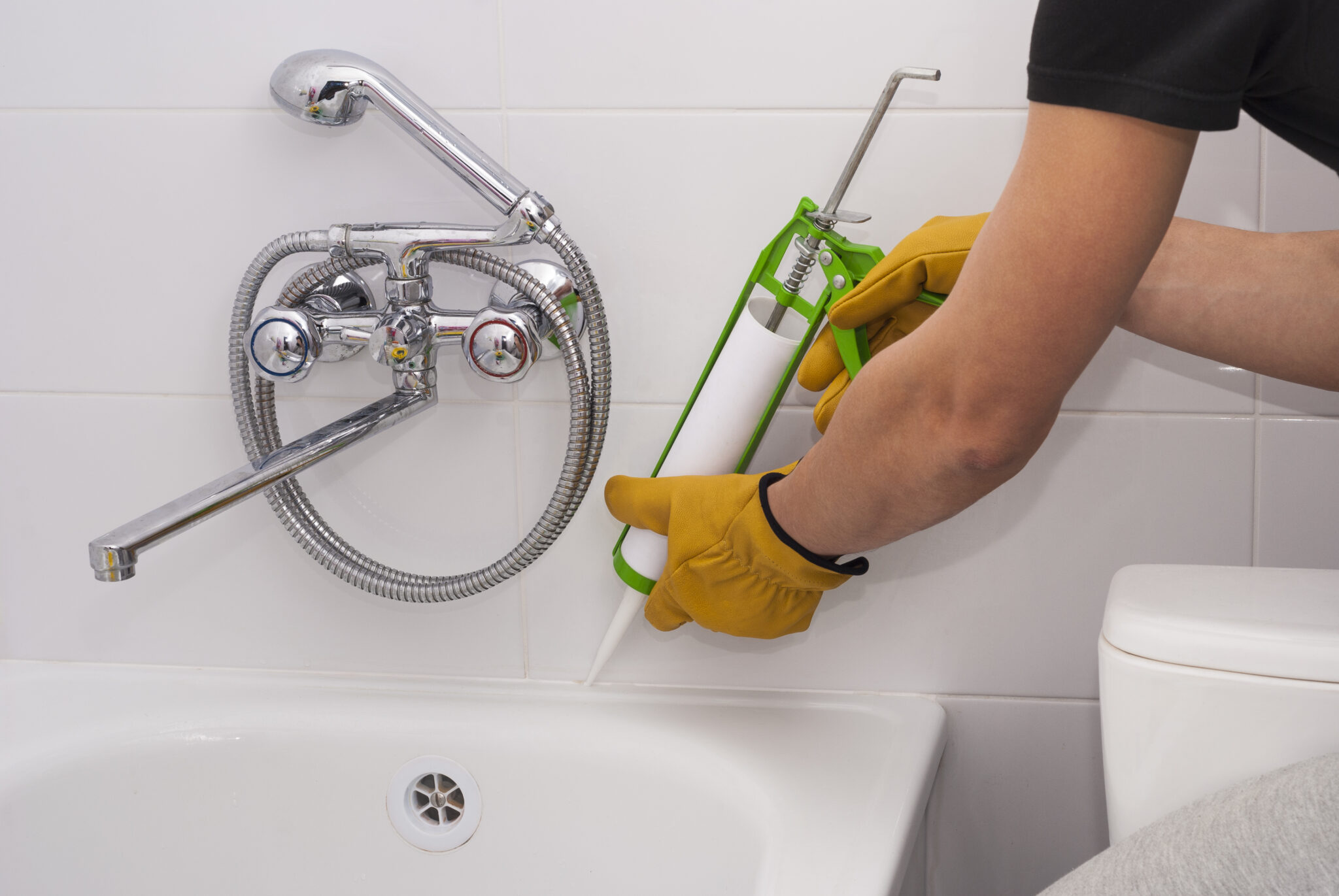
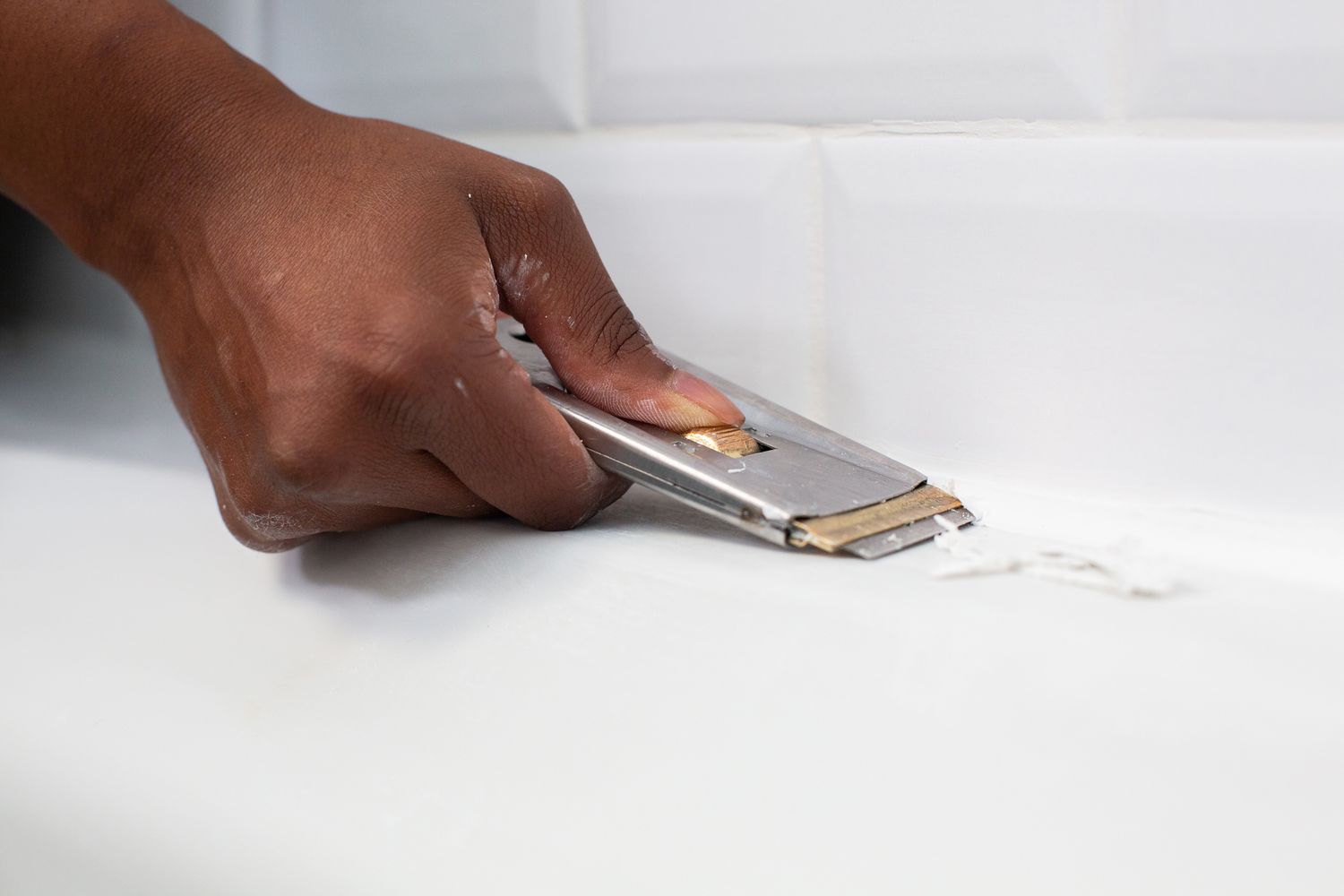
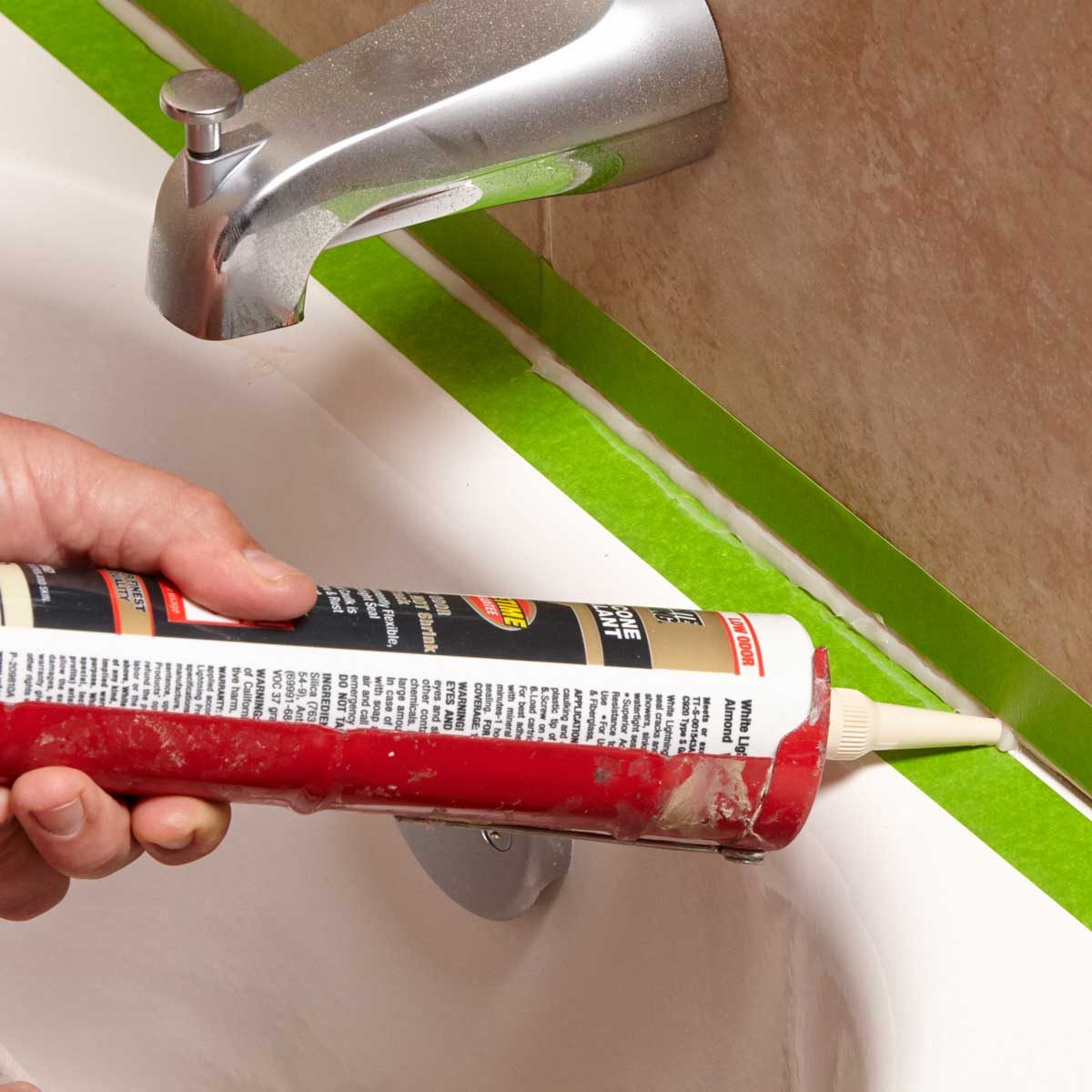
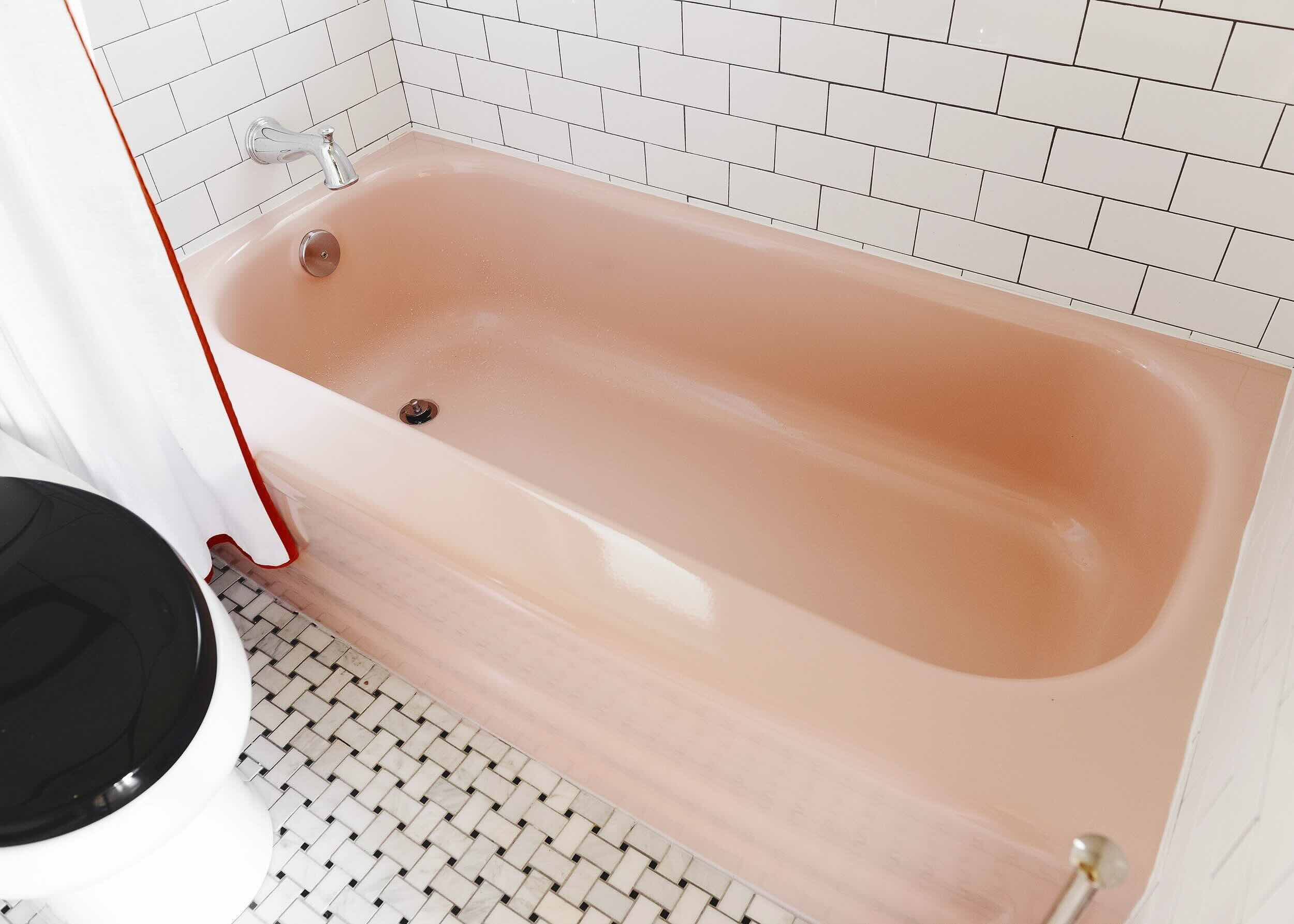
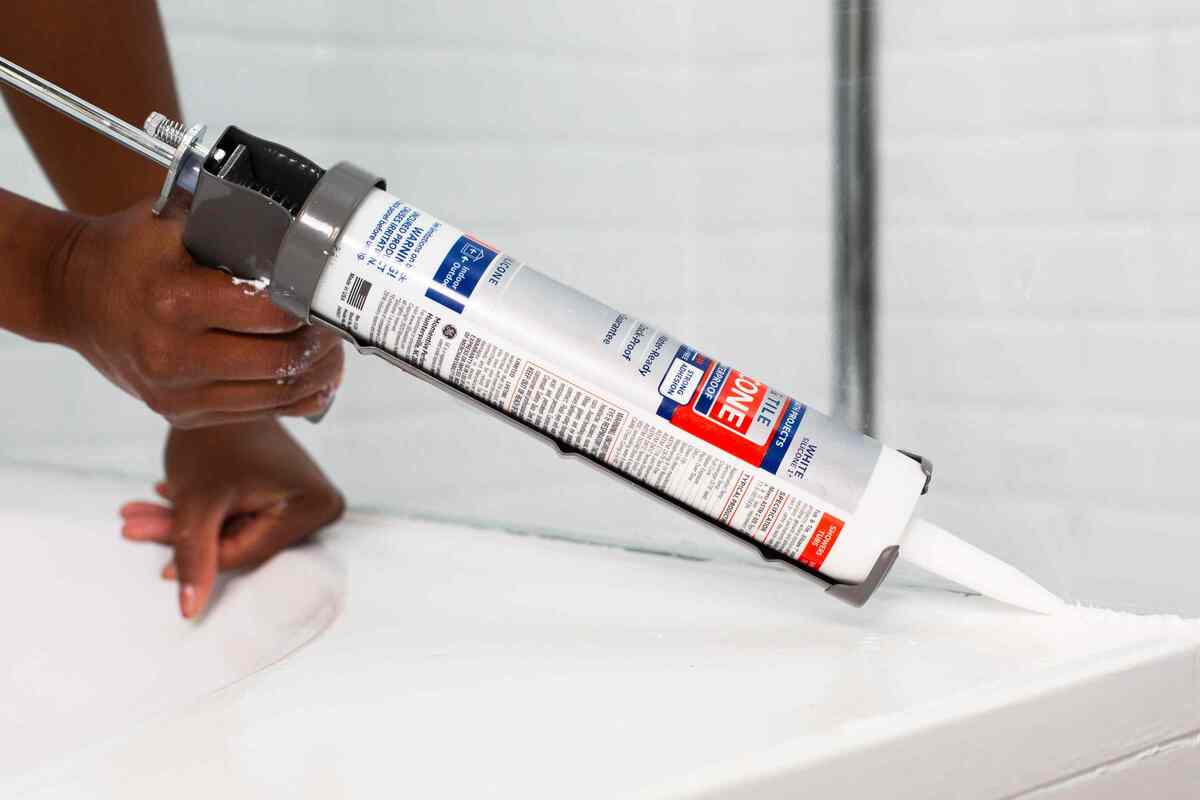
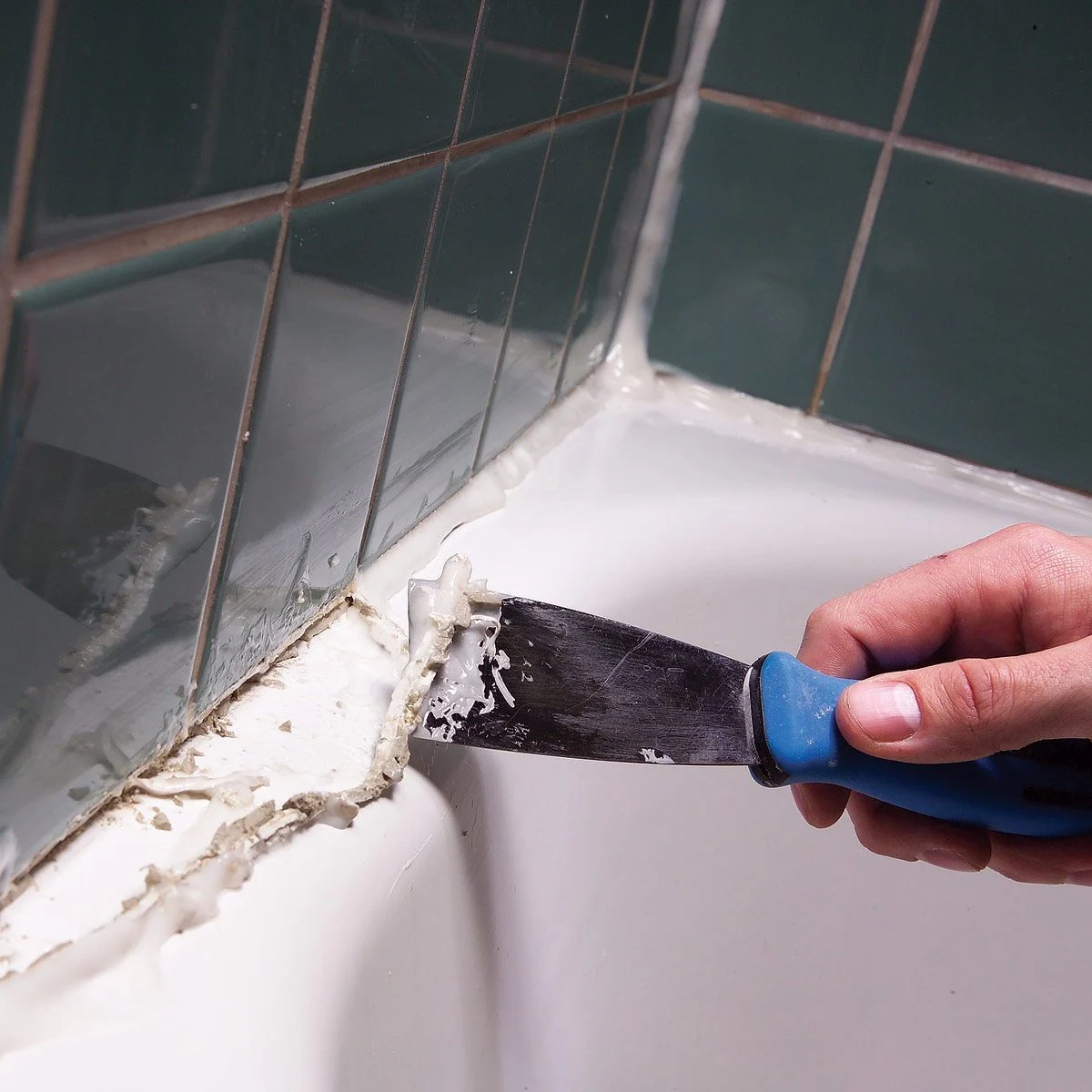
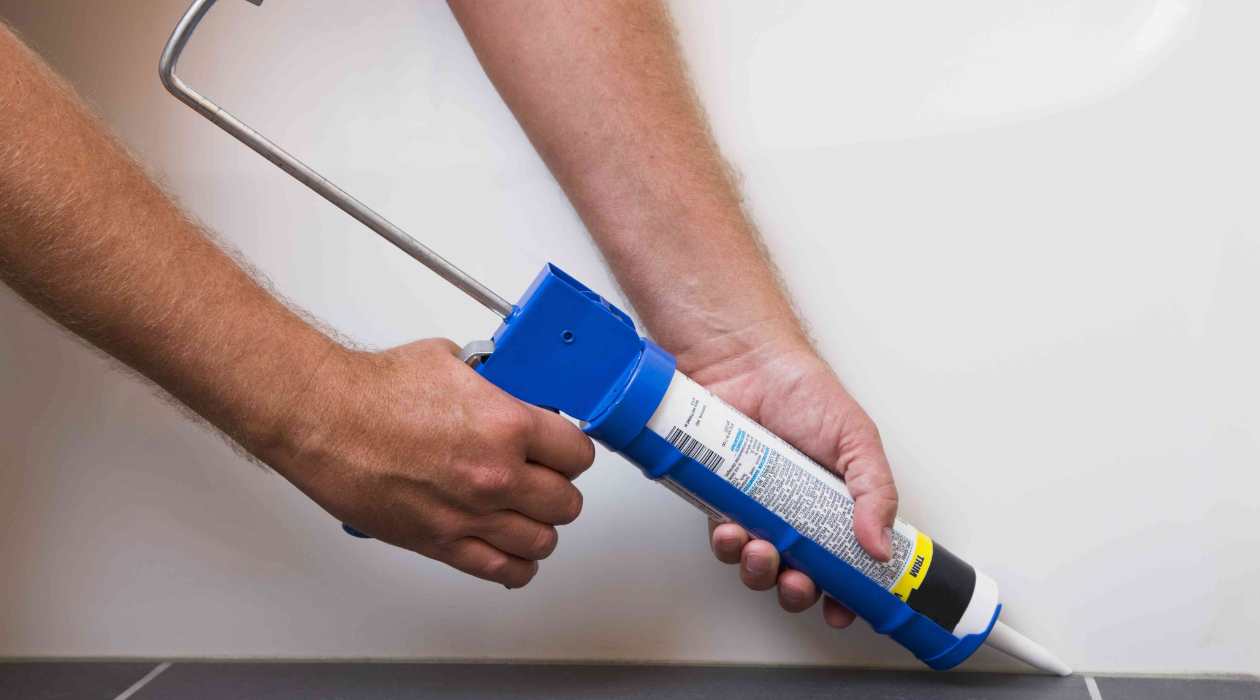
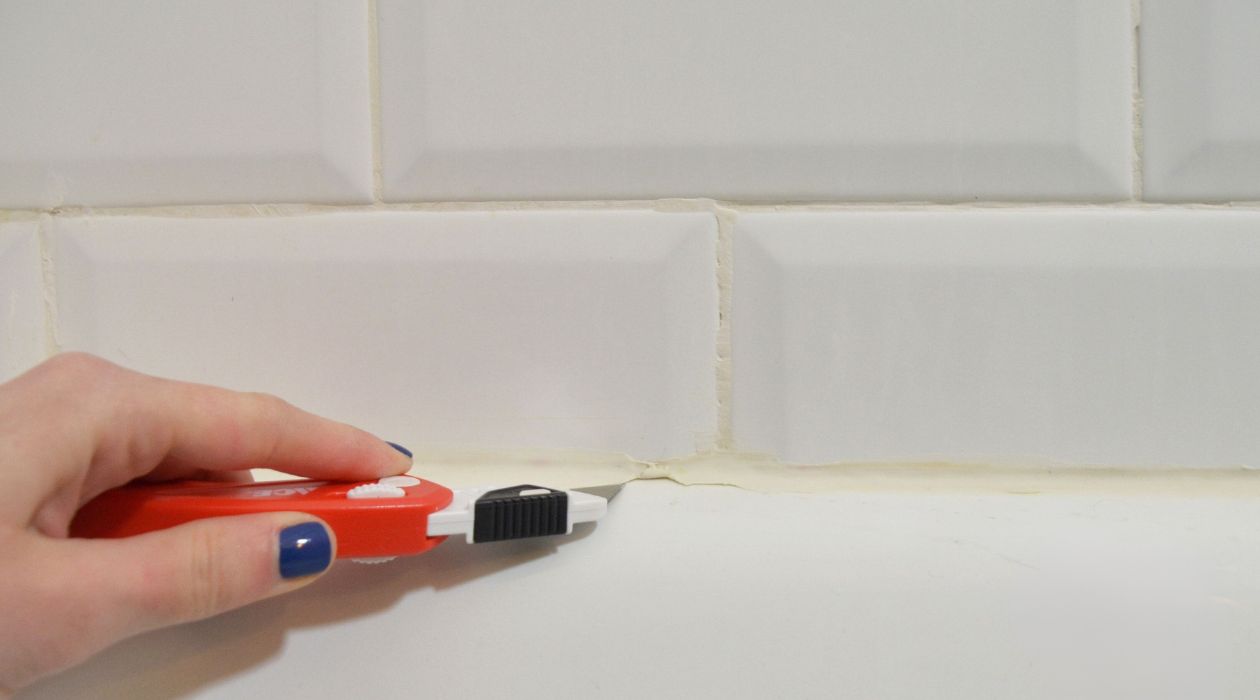
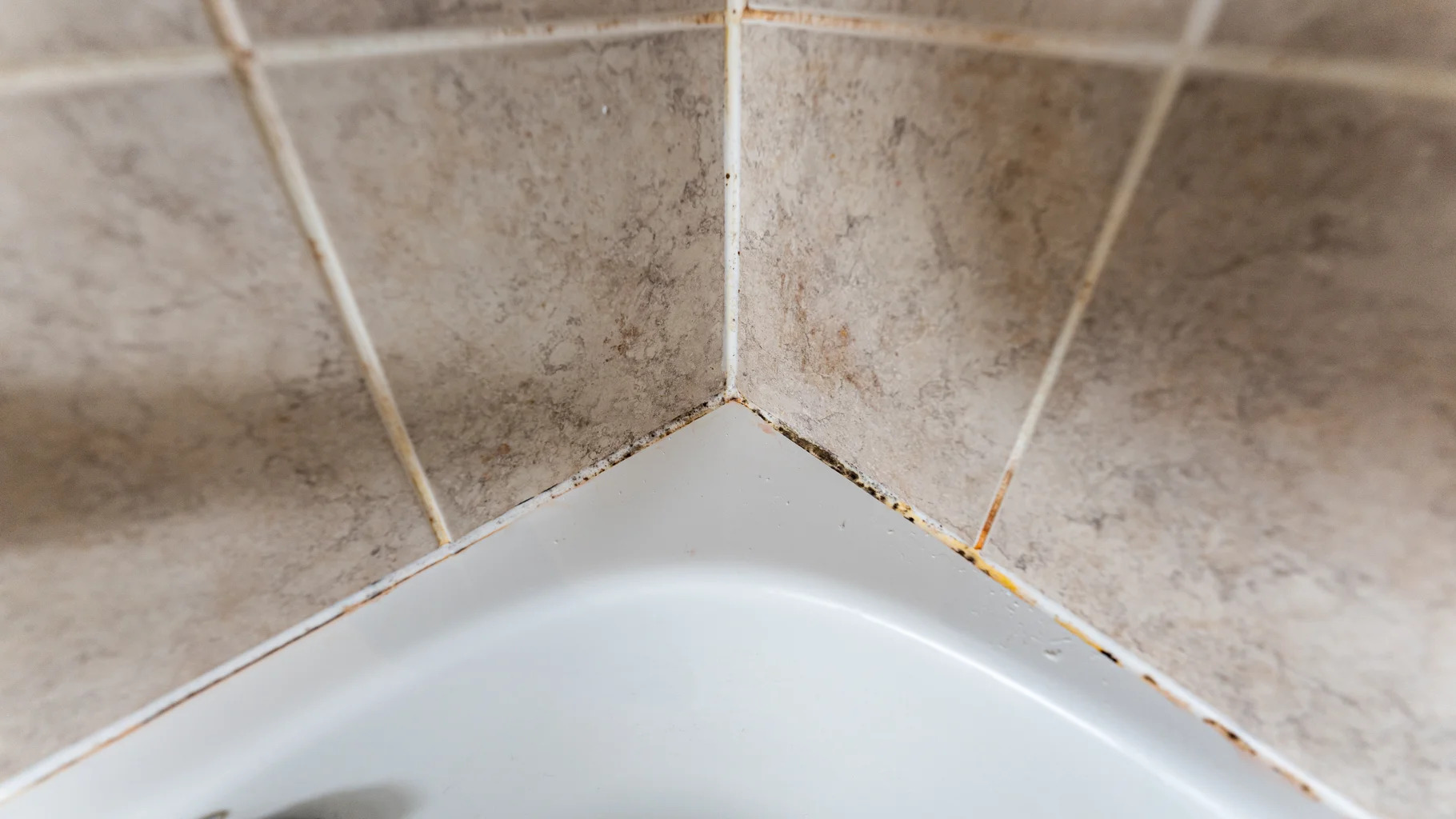
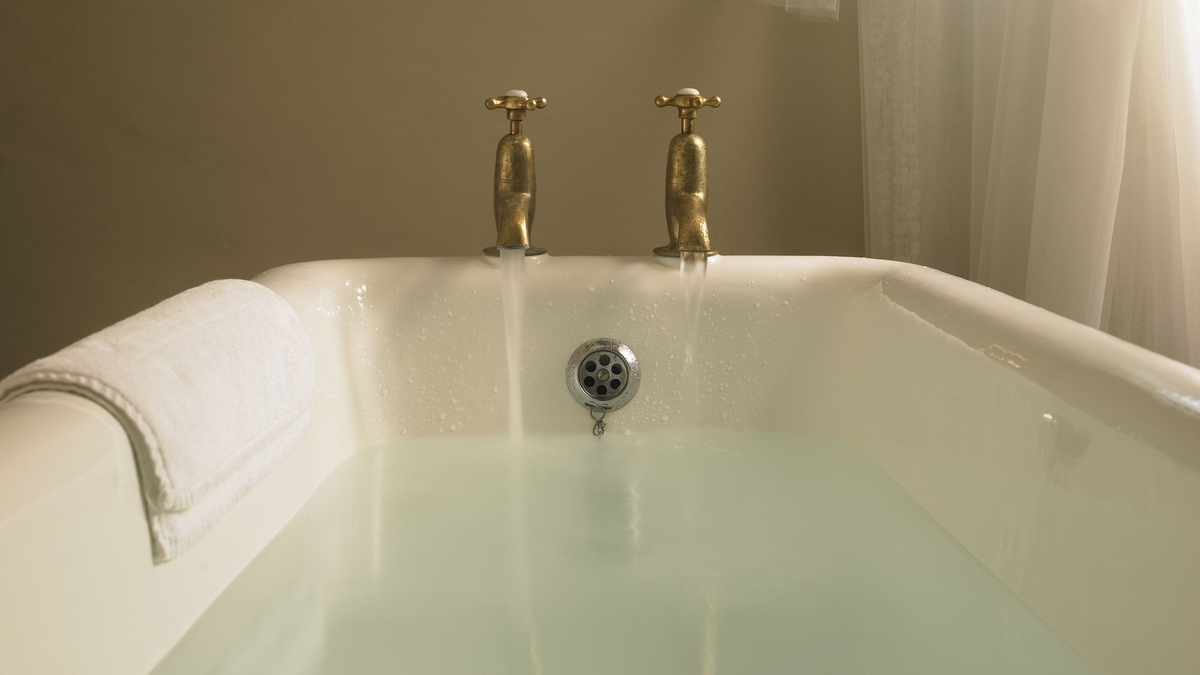
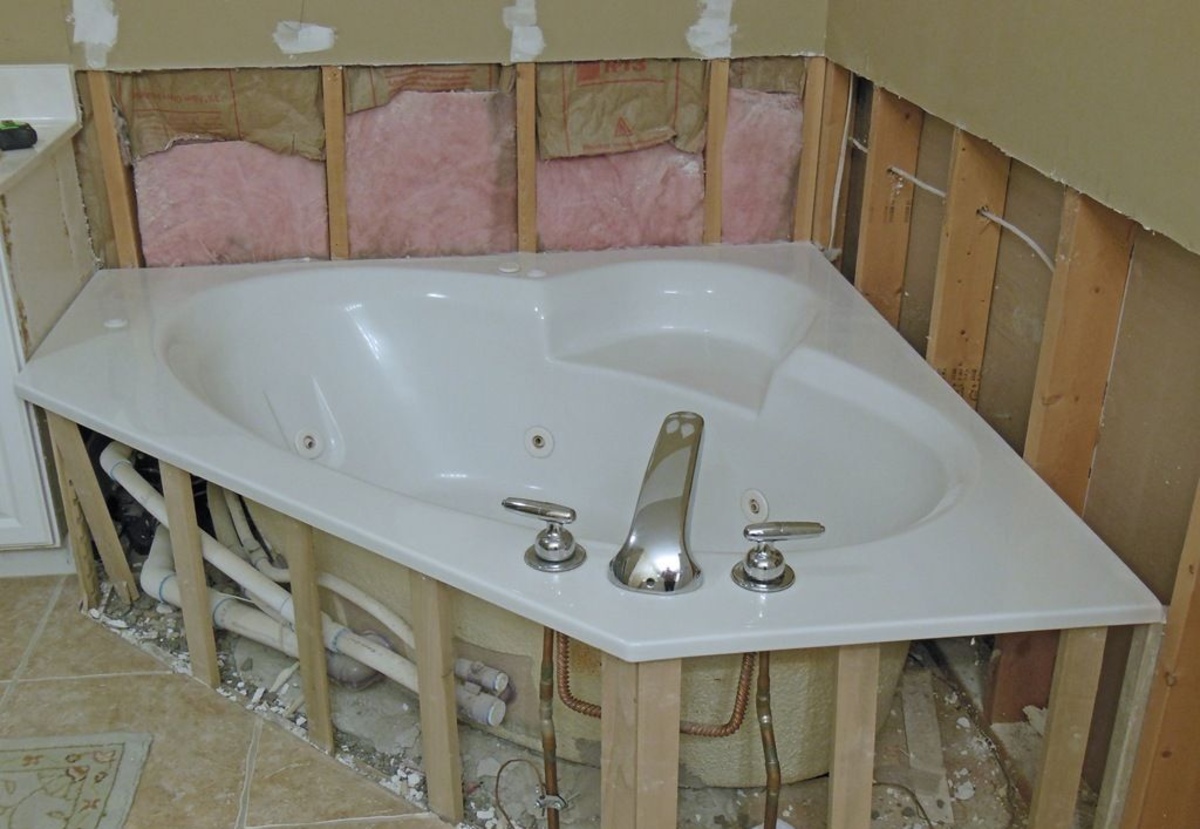
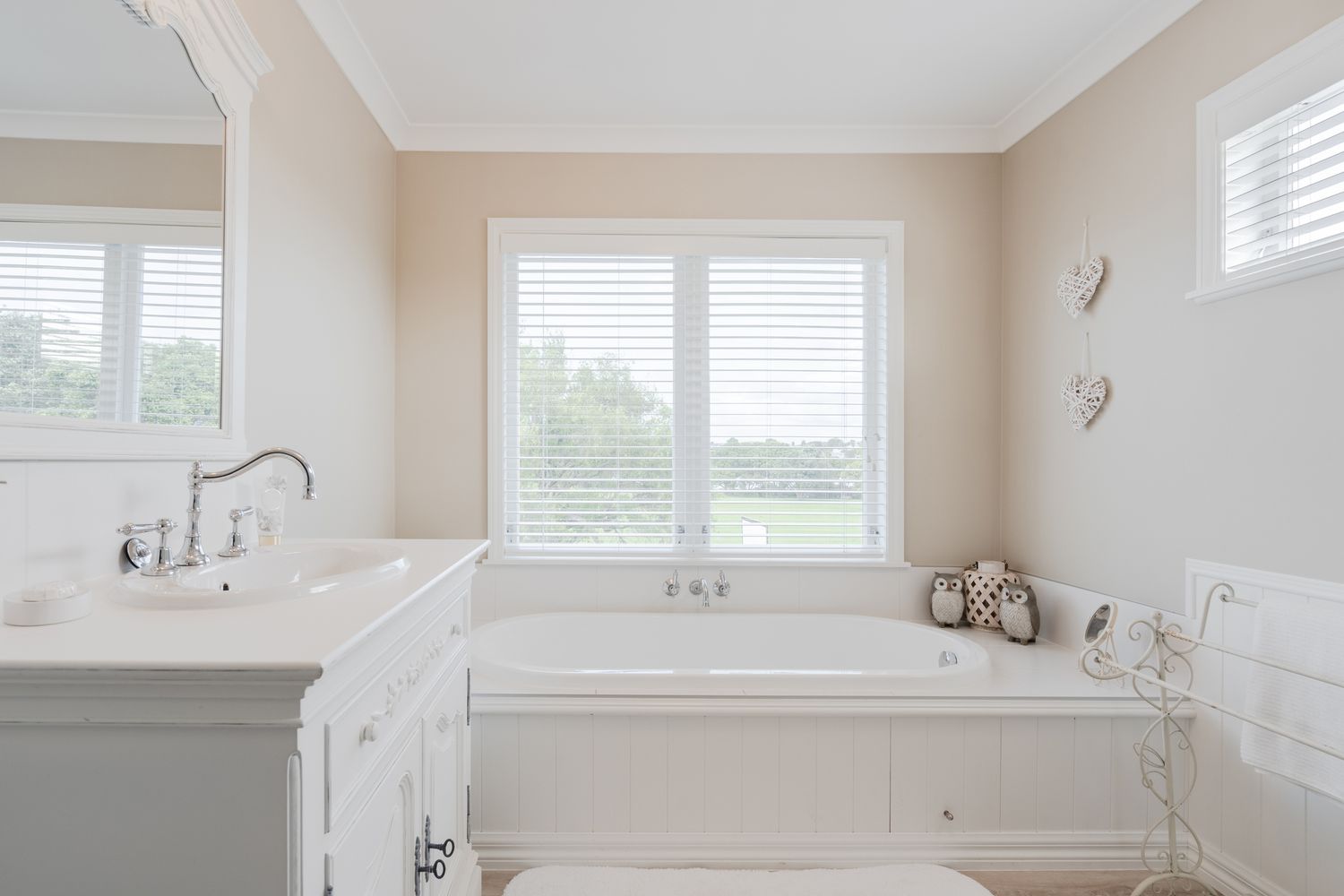

0 thoughts on “How Long For Bathtub Caulk To Dry”